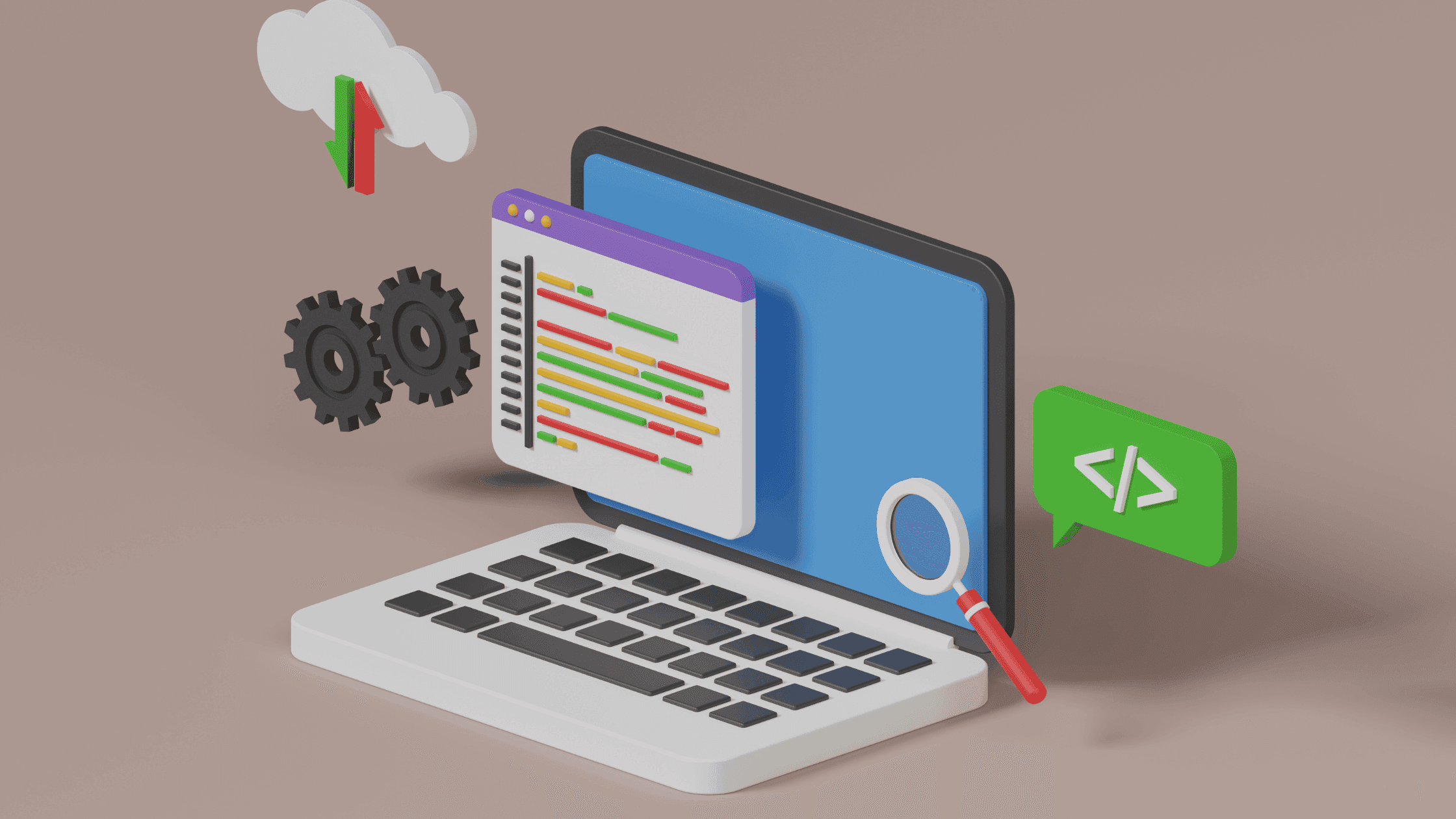10 Signs when it's time to start developing your App on Full-stack and leave the Low-code version for good
95% of ideas thrive on low-code, but full-stack suits complex needs better.
DAte
Mar 29, 2024
Category
Top List
Reading Time
2 Min
Transitioning from a low-code version to a full-stack development approach can be a strategic decision for many startups and businesses. Here are ten signs that indicate it might be time to make the switch:
1. Plan limitations
Your product has already reached the limit of the selected platform plan several times. You regularly perform operations on large amounts of data (more than 10,000/30,000 rows) and buy extra tokens.
2. Growing Complexity
As the application's functionality and requirements grow, the limitations of low-code tools might become evident. If the complexity of your project surpasses what the low-code platform can handle effectively, it's time to consider moving to full-stack development.
3. Customization Needs
Low-code tools provide a certain level of customization, but if your application requires highly tailored and unique features, a full-stack approach allows you to have complete control over the implementation and user experience.
4. Performance Bottlenecks
As the user base expands, performance issues may arise due to the limitations of low-code platforms. Full-stack development empowers you to optimize the codebase and fine-tune performance for better scalability.
5. Integration Challenges
While low-code tools often offer pre-built integrations, complex or custom integrations may not be supported. If your application heavily relies on seamless integration with other systems or APIs, a full-stack approach provides more flexibility.
6. Security and Compliance
Full-stack development allows you to implement security measures and ensure compliance with industry standards more rigorously, which is crucial if your application handles sensitive data or financial transactions.
7. Long-Term Cost Considerations
While low-code tools can be cost-effective in the early stages, the long-term costs may become prohibitive as your application scales and requires more customization or advanced features.
8. Unique User Experience
If your application aims to deliver a highly unique and polished user experience, full-stack development gives you the freedom to design and implement every aspect according to your vision.
9. Innovative Features
Full-stack development provides greater flexibility in adopting cutting-edge technologies and implementing innovative features that may not be available on low-code platforms.
10. Long-Term Business Goals
If your startup's long-term vision involves building a complex, large-scale application with unique functionalities, a full-stack approach will better align with your business objectives and growth plans.
In summary, consider transitioning from low-code to full-stack development when your application's complexity, customization needs, performance, integration requirements, security, and long-term business goals surpass the capabilities of low-code platforms. By doing so, you can achieve greater control, scalability, and flexibility to build a robust and unique digital product.
Author
Elena N.
Elena is a seasoned low-code CTO at Invental with over 6 years of development experience. Leveraging expertise in innovative technologies and low-code platforms, the author has consistently delivered impactful and efficient solutions, driving digital transformation and enhancing business operations.
Follow



